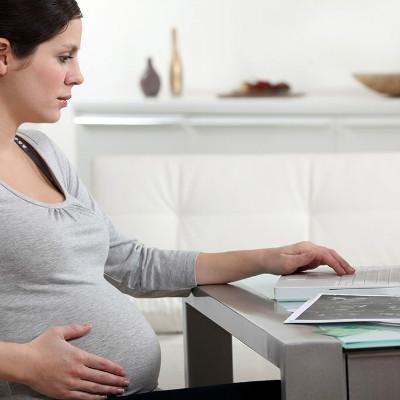Symptoms of abdominal lymphadenitis in children
summary
Peritoneal lymphadenitis is an acute, chronic or tuberculous retroperitoneal lymphadenitis caused by bacterial, viral or Mycobacterium tuberculosis infection. It is difficult to diagnose the disease before operation. Rapid ESR, tuberculous lesions in other parts, abdominal mass and low fever were common abnormal manifestations. X-ray, B-ultrasound and CT, tuberculosis antibody or tuberculin test are helpful for the diagnosis. Abdominal lymphadenitis in children's symptoms, the following I tell you.
Symptoms of abdominal lymphadenitis in children
The main symptoms of acute retroperitoneal lymphadenitis are high fever and shivering, accompanied by abdominal pain, abdominal distension, low back pain, nausea and vomiting. The body temperature can reach 39-40 ℃. Physical examination showed abdominal tenderness and rebound pain, but muscle tension was not obvious. Severe cases may have signs of intestinal paralysis, low back percussion pain, white blood cell count may be increased.

Chronic or tuberculous retroperitoneal lymphadenitis Mycobacterium tuberculosis can invade retroperitoneal lymph nodes. It can also be used as a local component of primary syndrome or a result of extensive dissemination of tuberculosis. The affected lymph nodes can be treated asymptomatic and eventually calcified. Some lymph nodes were enlarged, experienced caseous necrosis, and even formed abscess.

It should be differentiated from lymphoma, pancreatic cancer, retroperitoneal or mesenteric tumor, sarcoidosis, appendicitis, adnexitis, malignant tumor, benign lymphoid hyperplasia and infectious mononucleosis.

matters needing attention
For the more limited mass or the compression of adjacent organs, the non-surgical treatment is ineffective, surgical resection can be used. Prevention of tuberculosis is the root cause of the disease.














